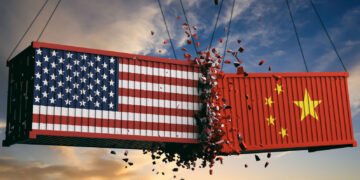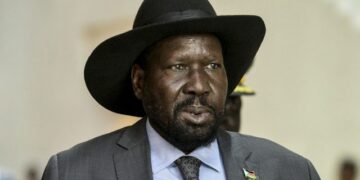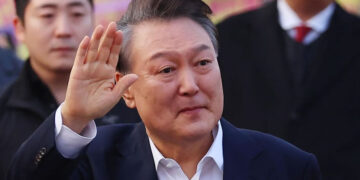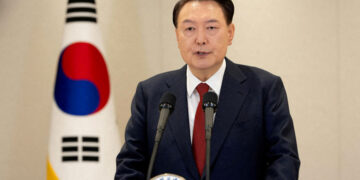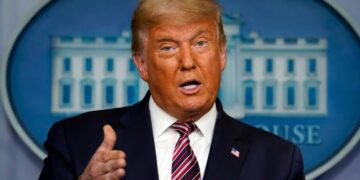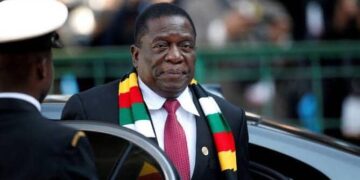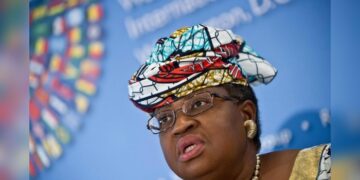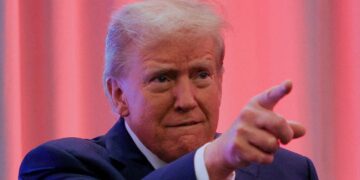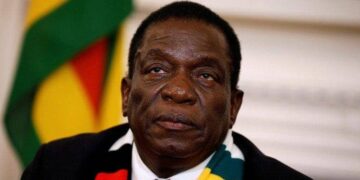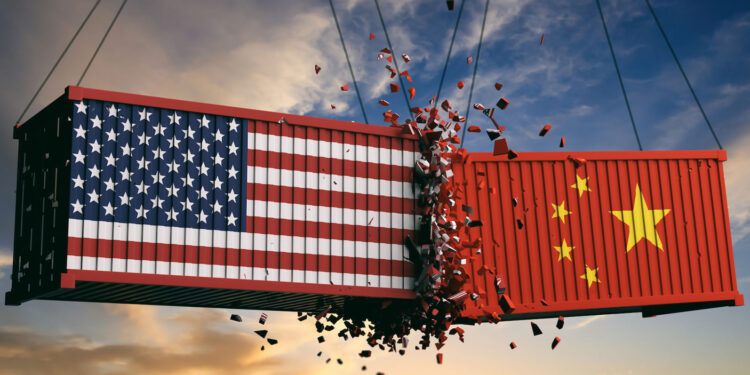China has sharply increased tariffs on American imports to 84%, up from an earlier 34%, in a sharp retaliation against US trade measures. The move, announced by Beijing’s finance ministry on April 9, marks another escalation in a growing global trade conflict triggered by President Donald Trump’s aggressive tariff policies.
Mr. Trump’s sweeping import taxes, which he claims will reduce US trade deficits, took effect earlier the same day, including a staggering 104% levy on Chinese products. The European Union is also finalizing countermeasures, expected later on April 9.
The US president’s trade offensive has shattered long-standing global commerce norms, fueling fears of an economic downturn and erasing trillions in market value from major corporations. Financial markets reeled as the new US tariffs hit, with a sharp sell-off in US bonds suggesting foreign investors may be retreating from American assets.
US Treasury Secretary Scott Bessent criticized China’s retaliation, calling it a losing strategy. “They have the most unbalanced economy in modern history, and this escalation will only hurt them,” he told Fox Business Network.
Market turmoil this week has mirrored crisis-level instability, with stocks, commodities, and emerging markets taking heavy losses. Shares of major US banks dropped further after China’s tariff hike, while oil prices sank to multi-year lows.
“The US and China are locked in a costly standoff, with neither side showing signs of backing down,” said Dr. Ting Lu, Nomura’s chief China economist.
Mr. Trump had already raised duties on Chinese goods from 54% to 104% after Beijing’s earlier counter-tariffs. The White House did not immediately respond to China’s latest move.
In another retaliatory step, China’s commerce ministry blacklisted 12 US firms, including American Photonics and Novotech, banning exports of dual-use goods to them. Six others, such as Shield AI and Sierra Nevada Corporation, were added to an “unreliable entities” list, barring them from trade and investment in China.
Beijing defended its trade surplus with the US as unavoidable and warned it was prepared for a prolonged fight. Meanwhile, the Chinese yuan faced intense pressure, hitting record lows, though sources indicate state banks have been instructed to curb excessive dollar buying to stabilize the currency.
At the World Trade Organization, China condemned the US measures as reckless, warning they risk further destabilizing global trade.
Since Mr. Trump’s tariffs were announced, the S&P 500 has suffered its worst decline since the 1950s, nearing bear market territory. US Treasuries and the dollar also weakened as investors fled traditional safe havens.
European stocks fell, and US futures signaled more losses ahead after a bleak trading day in Asia. Despite the financial turmoil, Mr. Trump remained defiant, calling the tariffs “permanent” while suggesting they could force trading partners back to negotiations.
The EU is set to join China and Canada in retaliating, with proposed 25% duties on US goods ranging from motorcycles and poultry to clothing and dental floss. The escalating conflict shows no signs of cooling as the world braces for deeper economic fallout.
